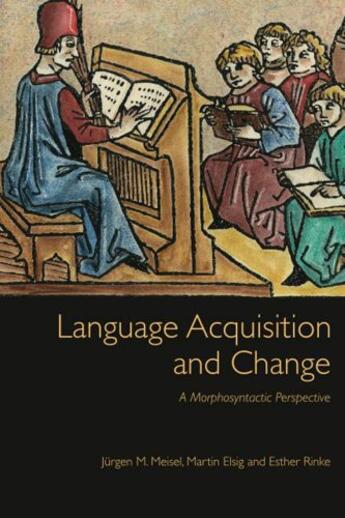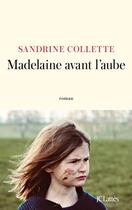-
Nombre de pages : (-)
-
Collection :
(-)
-
Genre :
(-)
-
Thème :
Non attribué
-
Prix littéraire(s) :
(-)
Résumé:
Historical linguistics commonly invokes the child as the principal agent of change. Using this as a starting point, the authors address diachronic language change against a background of insights gained from extensive research into mono- and bilingual language acquisition. The evidence shows... Voir plus
Historical linguistics commonly invokes the child as the principal agent of change. Using this as a starting point, the authors address diachronic language change against a background of insights gained from extensive research into mono- and bilingual language acquisition. The evidence shows that children are remarkably successful in reconstructing the grammars of their ambient languages so the authors reconsider a number of commonly held explanatory models of language change, including language contact and structural ambiguity in the input. Based on a variety of case studies, this innovative take on the subject argues that morphosyntactic change in core areas of grammar typically happens in settings involving second language acquisition. Here, the children acting as causal agents of restructuring are either second language learners or are continuously exposed to the speech of second language speakers. The authors answer questions about the circumstances surrounding grammatical change in terms of a restructuring of speakers' internal grammatical knowledge constructing a general theory of diachronic change consistent with insights from language acquisition.
Donner votre avis














